Dropout
An image visible under normal lighting conditions, but disappears under an alternate light source.
An image visible under normal lighting conditions, but disappears under an alternate light source.
An image or pattern created with raised lines placed at a right angle (90 degrees) from the background, so that when viewed at an oblique angle the image is visible through light and shadow effects.
An extremely small line of text characters, symbols or images, indiscernible to the naked eye, printed at high resolution beyond the capabilities of desktop printers or scanners. This feature is often hidden in background design of vital records or as a signature line on checks and may contain intentional mistakes.
A code consisting of a group of variously patterned bars and spaces that are designed to be scanned and read into computer memory as inventory, identification or authentication for the object it labels. Can be printed in UV/IR inks for track and trace verification.
Control numbers are used for inventory control of secure items and can also be used to relate the variable data on the item to a searchable database. Alpha-numeric strings that can be applied to an item to facilitate track and trace. Control numbers can additionally act as authenticators via special inks: Bleed thru Phosphorescent MICR…
Embossing results in a physical deformation of a printed or unprinted item’s surface to create a tactile effect as well as an observable image visible under an oblique angle.
A code consisting of a group of dots or grid patterns with spaces that are designed to be scanned with a 2D camera. Codes can contain over 700Kb data that are capable of embedding color photographs of an individual or component, iris, facial, and fingerprint identification templates in the code itself. Codes may be read…
Holes are made in a card with the laser beam creating images, objects or numbering. The image is visible when held up to a light source. It may have a tactile feel with conical holes that are larger at the entrance than exit. Holes can either be horizontal to the card surface, creating an image…
Combination of a lens structure integrated to the surface of the document with elements engraved or printed into a bottom layer. Multiple images can be observed depending on the viewing angle. MLI effects tilt top to bottom with horizontal lenses. CLI effects tilt side to side with vertical prism lenses. Below photo illustrates the MLI/CLI…
A unique number (either numeric or alpha-numeric) that provides for the accounting of a document. These can be in a printed code such as QR, PDF417 or other codes.
"*" indicates required fields
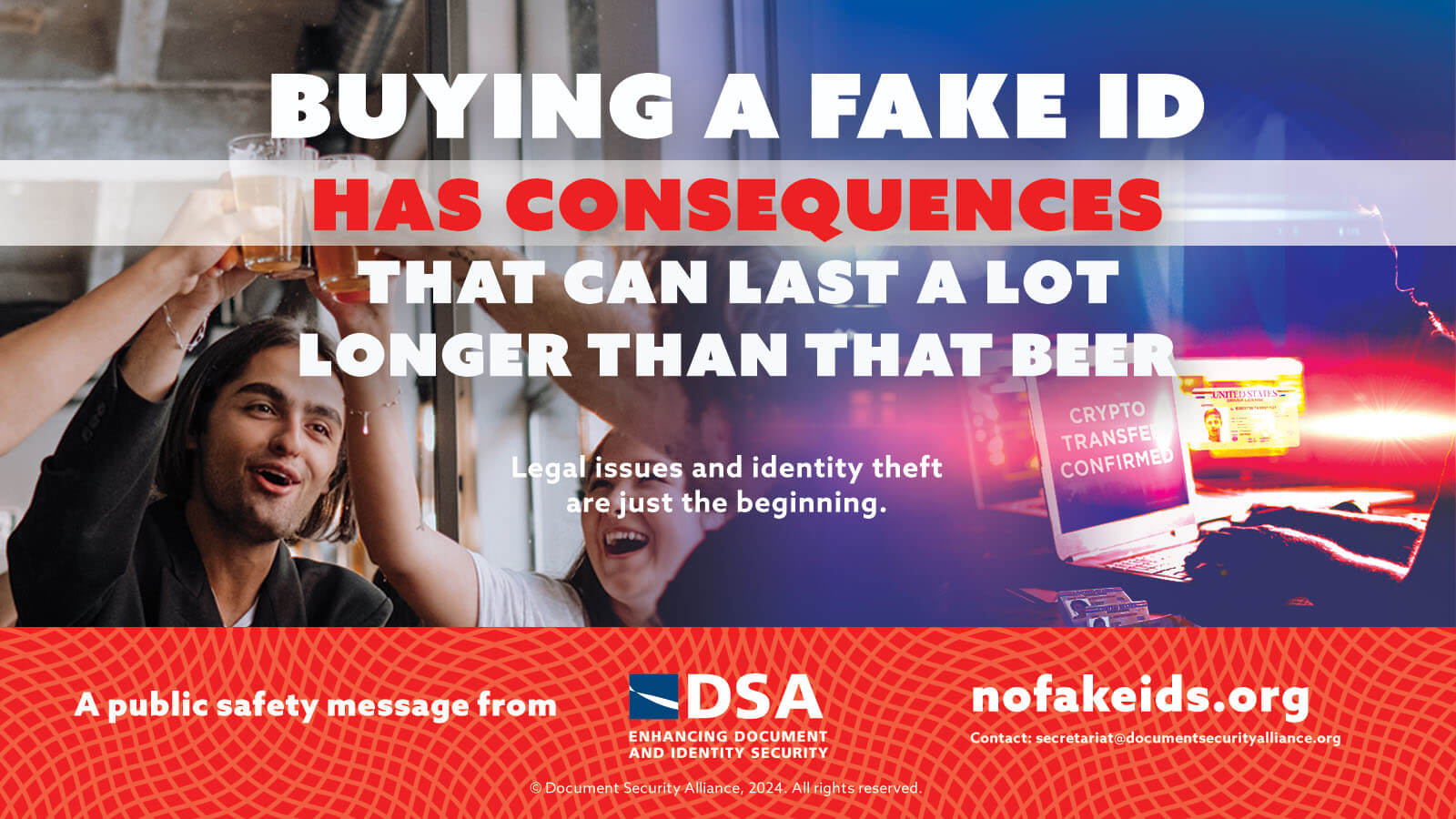
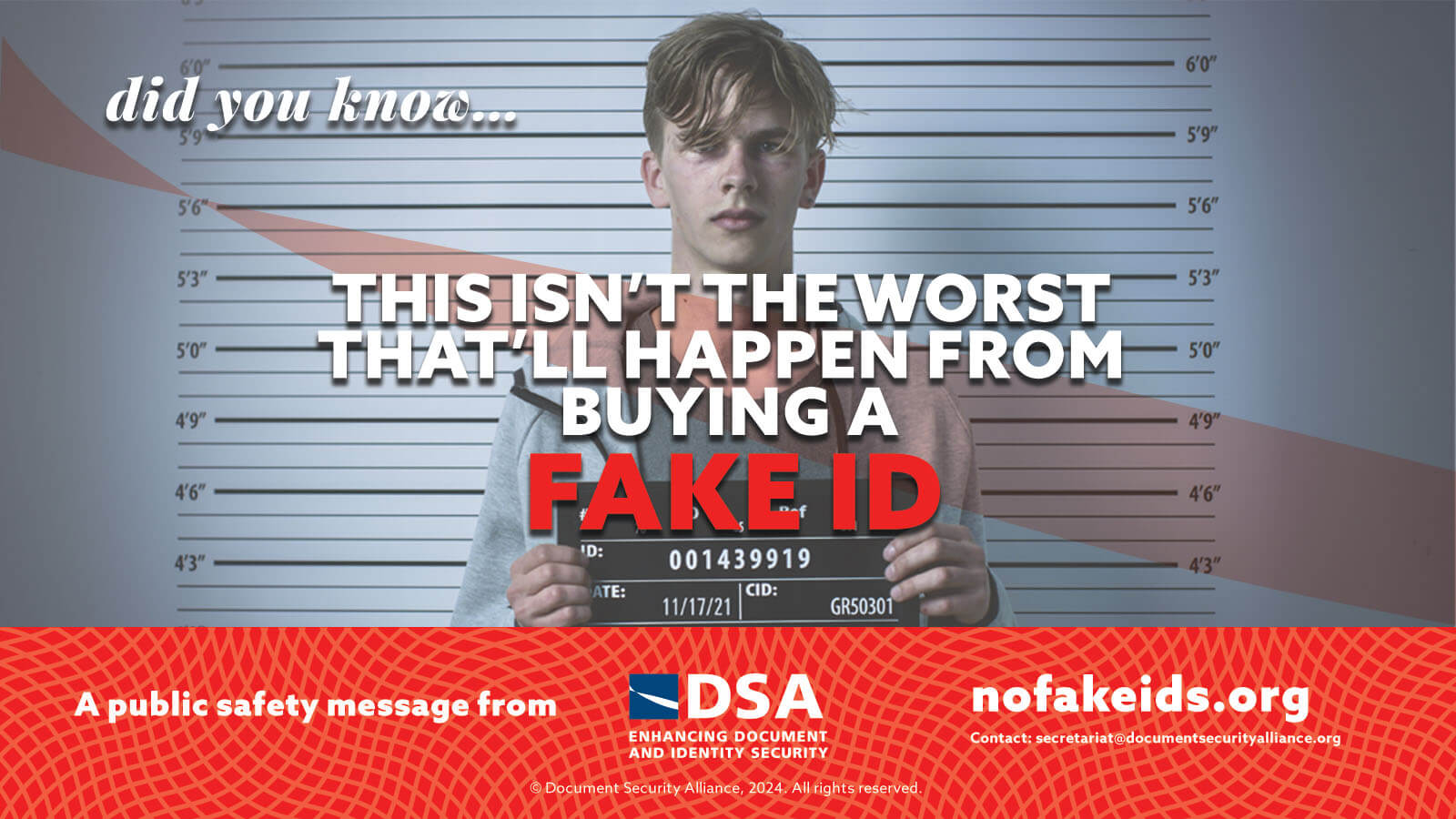
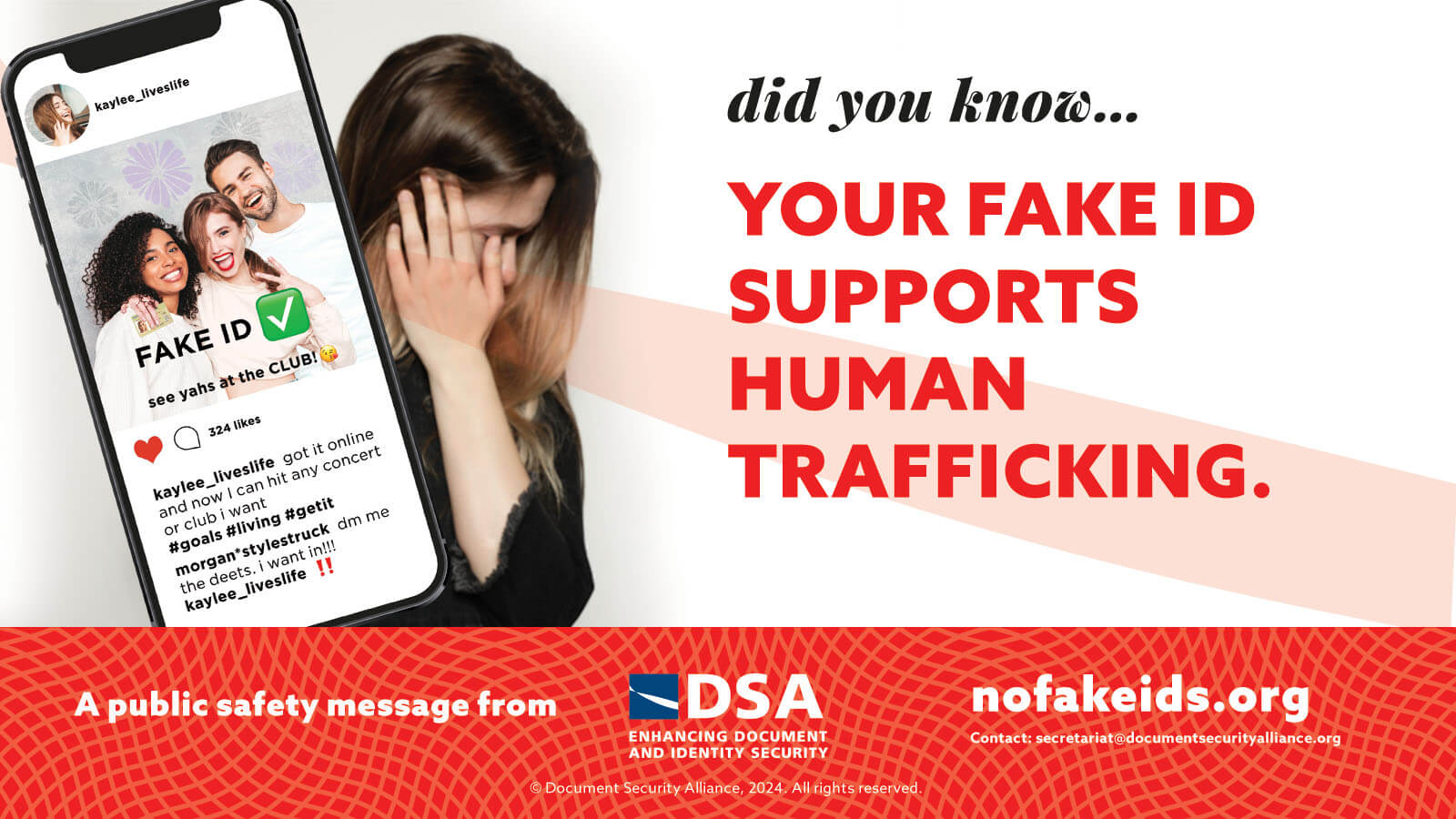
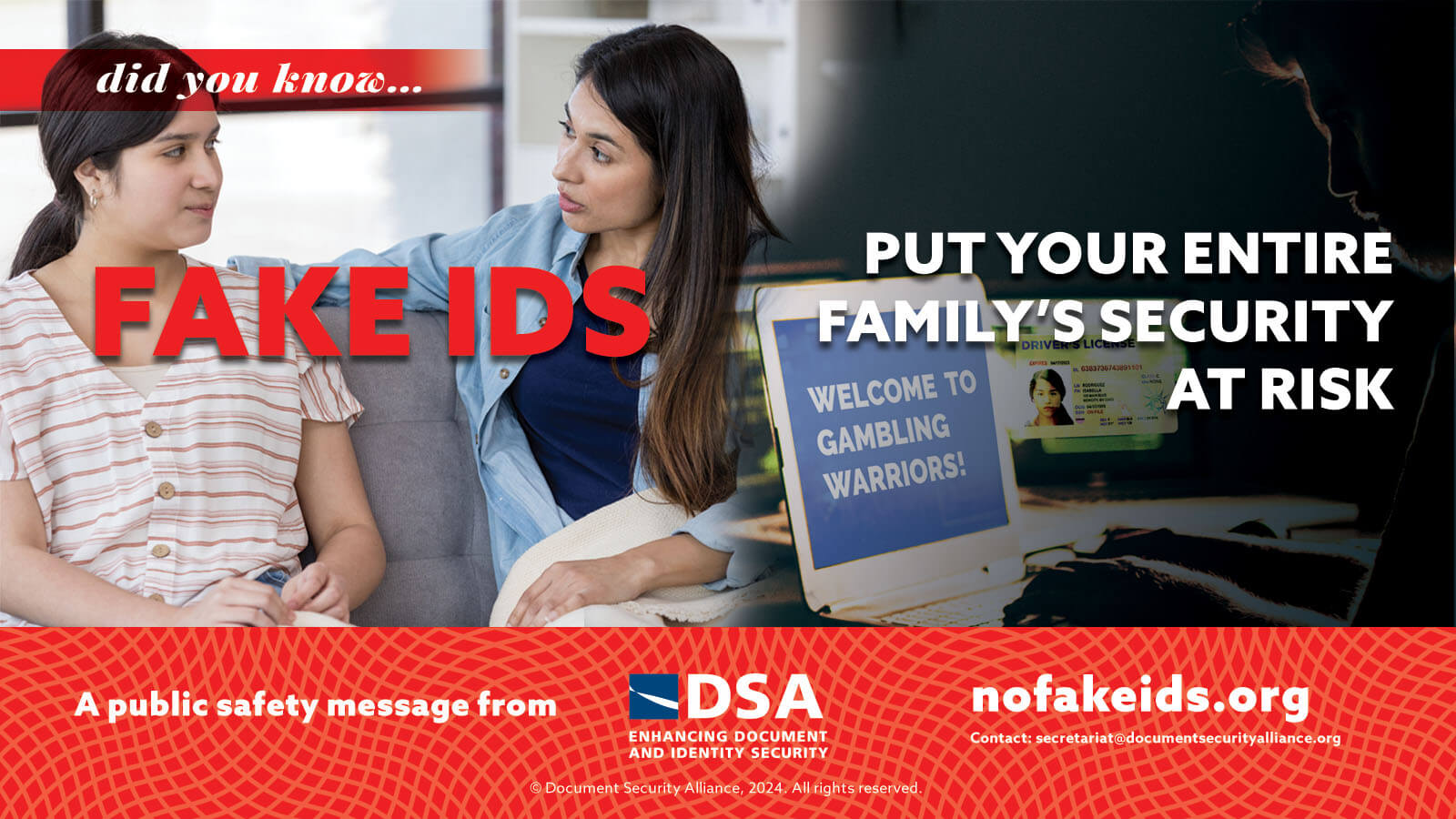
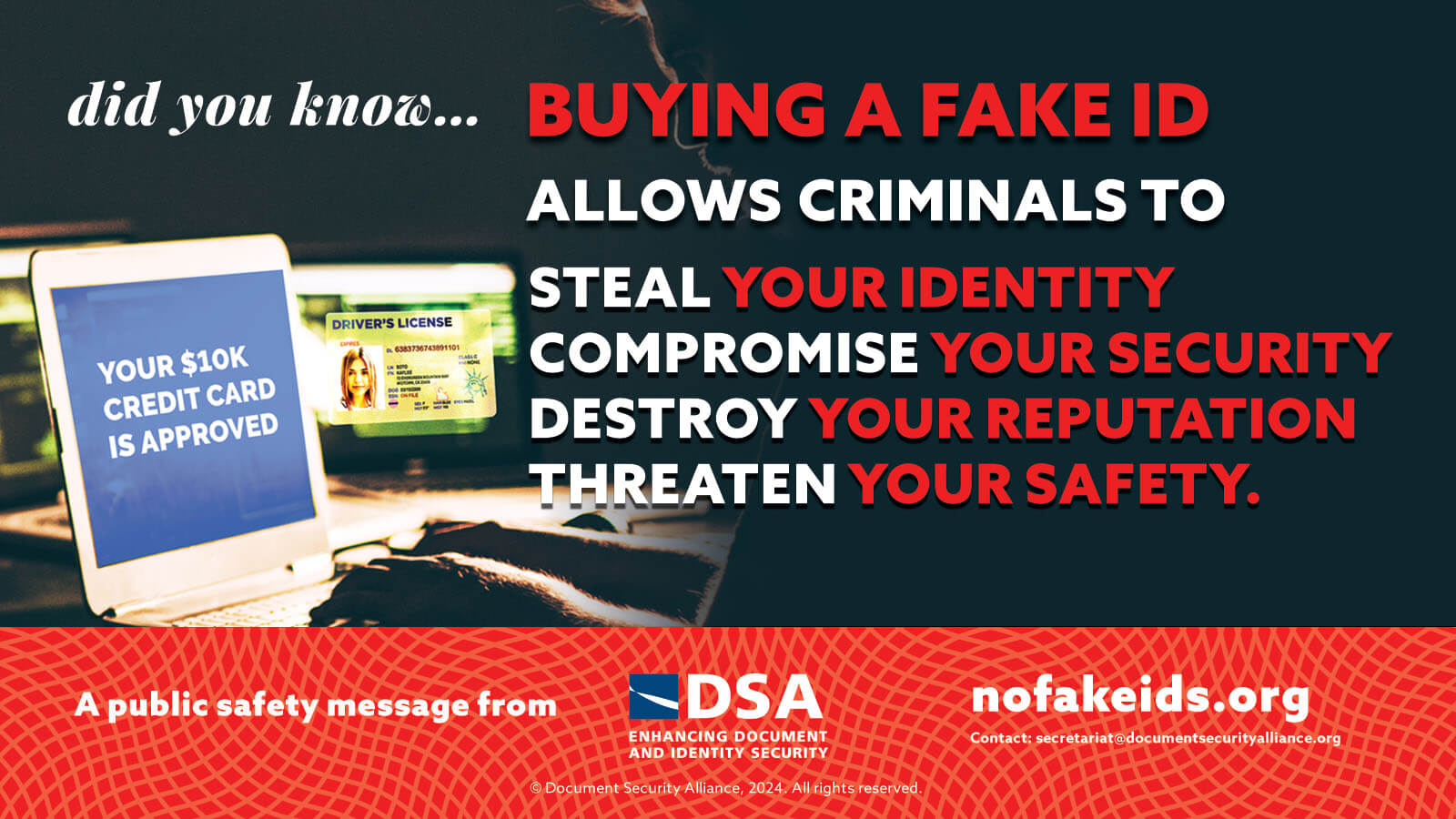



Notifications